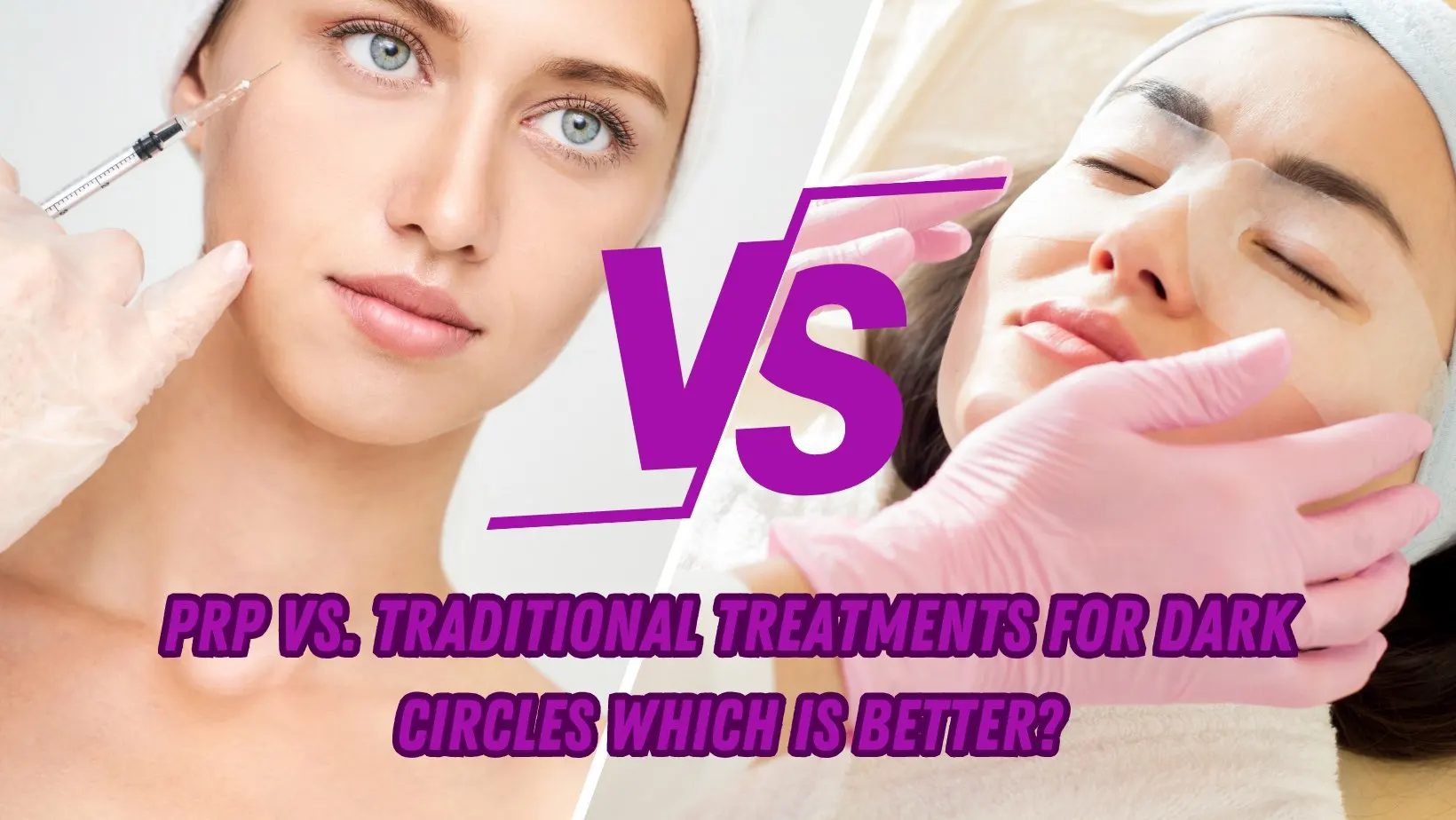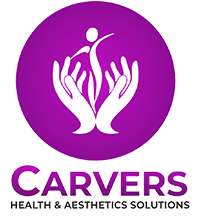
PRP vs. Traditional Treatments For Dark Circles: Which Is Better?
Dark circles under the eyes can happen for many reasons, such as genetics, lack of sleep, stress, or aging. They often make a person look tired or older than they are. While there are many ways to treat dark circles, two popular options are Platelet-Rich Plasma (PRP) therapy and traditional treatments. This article breaks down these treatments to help you decide which might be better for you.
What Are Dark Circles?
Dark circles appear as discoloration under the eyes. Sometimes, they come with puffiness, fine lines, or a sunken look, which makes them even more noticeable. While creams and home remedies can help a little, some people turn to advanced treatments for lasting results.
What Is PRP Therapy?
PRP therapy uses a person’s own blood to heal and refresh the skin. A small amount of blood is taken, and the platelets are separated using a machine. These platelets, which are full of growth factors, are then injected into the under-eye area to repair and rejuvenate the skin.
Why Choose PRP Therapy?
- Natural Process: Since PRP uses your own blood, the risk of side effects is very low.
- Improves Skin Quality: It helps produce collagen and makes the skin look smooth and firm.
- Long-Lasting Results: The effects build over time and can last for months.
- Non-Surgical: The procedure is simple and does not require much recovery time.
Things To Consider
- You might need several sessions to see the best results.
- It takes time to notice improvements—weeks or even months.
- The injections can cause slight discomfort.
Traditional Treatments For Dark Circles
Traditional methods to treat dark circles include creams, chemical peels, fillers, and laser therapy. These methods address different causes of dark circles and provide varying results.
1. Topical Creams
- Often include ingredients like vitamin C or hyaluronic acid.
- Pros: Easy to use and affordable.
- Cons: Results are often short-term and mild.
2. Chemical Peels
- Help lighten pigmentation under the eyes.
- Pros: Good for treating dark spots.
- Cons: Can irritate the skin and require multiple sessions.
3. Dermal Fillers
- Fillers like hyaluronic acid are injected to reduce hollow areas under the eyes.
- Pros: Instant results.
- Cons: Temporary solution, and there’s a risk of uneven results.
4. Laser Therapy
- Targets pigmentation and boosts collagen.
- Pros: Can treat fine lines and dark circles together.
- Cons: Expensive and may require downtime.
Comparing PRP And Traditional Treatments
| Aspect | PRP Therapy | Traditional Treatments |
| Natural Approach | Uses your own blood | Relies on external substances or chemicals |
| Downtime | Minimal to none | Varies; some treatments require recovery |
| Longevity | Long-lasting results | Often temporary |
| Cost | Moderate to high | Varies by treatment type |
| Effectiveness | Gradual but natural improvements | Quick but may not address root causes |
Which Treatment Should You Choose?
Your choice depends on what you need and expect.
- PRP therapy is a great option if you want a natural, long-term solution that improves overall skin health. It’s ideal for people with aging or thinning skin.
- Traditional treatments, like fillers or lasers, might suit you if you need quick results or want to focus on specific issues like pigmentation or puffiness.
Why PRP Stands Out
PRP therapy offers a more holistic way to rejuvenate the skin. Unlike other treatments that only mask symptoms, PRP helps heal and strengthen the skin from within. It’s safe, effective, and works well for people looking for sustainable results.
At Carvers, Dr. Rekha Singh specializes in PRP treatments. She provides personalized care to help you achieve healthier, brighter skin. With her expertise, you can trust that your skin is in good hands.
In conclusion, both PRP and traditional treatments have their strengths. However, PRP’s natural and lasting benefits make it a preferred choice for many. If you’re ready to explore PRP therapy, book a consultation at Carvers and let Dr. Rekha Singh guide you toward a fresh and confident look.
